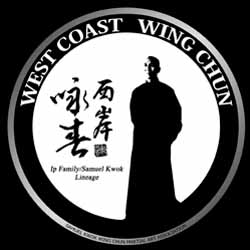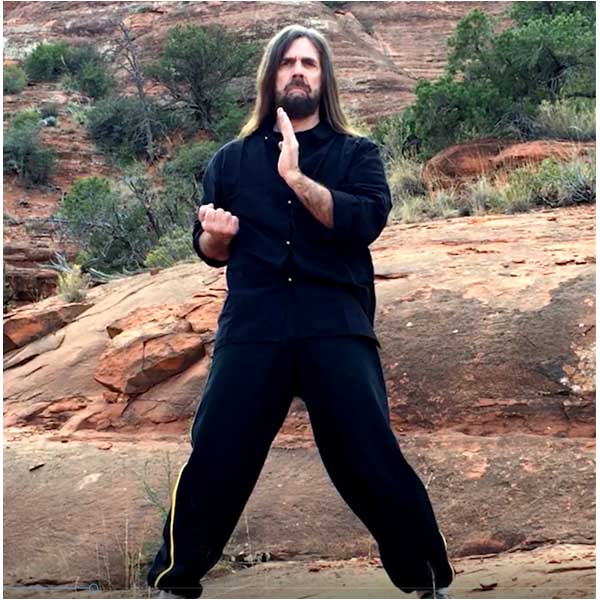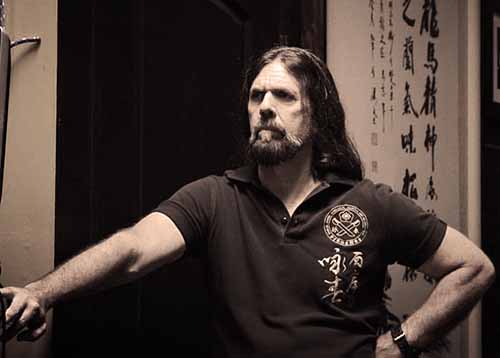Siu Lim Tao - 小念頭
Variations - (Siu Nim Tao; Siu Leem Tao)
Siu Lim Tao Meaning
English Translation - "Little Idea or Thought"
Siu Lim Tao is the primary open hand form of Ip Man Wing Chun Kung Fu. Why was it named “little idea”?
Ip Man alludes to the necessity of practicing the form with deep concentration to let go of busy thinking and be present. It takes discipline and dedication to attain this state of being.
"In Siu Lim Tao, the ideas of daily matters, such as money, work, hate, love etc...decrease to as little as possible, or even none, (so that the practitioner may) concentrate only upon practicing."
Ip Man Tweet
A physical fight or encounter demands our awareness in the present. Any strategic thinking must happen outside of the actual encounter and focus becomes paramount in one’s ability to survive.
Another explanation for the naming of Siu Lim Tao is that it encapsulates the “ideas” of the art within its movements. The only way an idea can be expressed into the world is through motion of some sort. Therefore, the creator of Wing Chun, Ng Mui, created the forms to contain its ideas – Principles and Concepts. While all of the forms serve this function, Siu Lim Tao introduces us to the most fundamental ideas of the art.
We suggest the practitioner use both explanations to gain clarity into the purpose of Siu Lim Tao as a form.
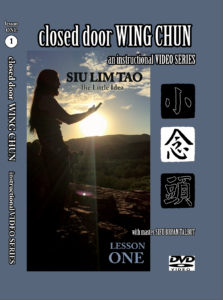
Siu Lim Tao Form
closed door Wing Chun
instructional video series
by Sifu Bryan Talbot
While the name of the form helps us to identify the overall purpose of the form, we can also look to its 108 motions that are divided into three sections according to purpose and function.
First Third of Siu Lim Tao
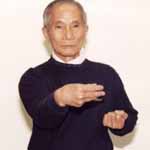
Purpose first 1/3 of Siu Lim Tao
The first third of the Siu Lim Tao Form cleverly contains Qi Gong within its Sam Pai Fut (Praying Thrice to the Buddha) section.
This, combined with the proper focus and positioning of the body, allows for the development of the Qi and its circulation through the energy channels of the body and then,
into specific points that the practitioner focuses on. This develops Jarn Dai Lik (elbow energy) and cultivation of grounding in the root stance,
as well as the ability to focus and direct power to specific points of the body.
This section should be practiced slowly and with focus and intent. Here is a list of all the motions in order.
Execute the following on the Left Side first. Then repeat entire sequence on the Right Side.
Setting Up the Stance:
Ju Yi
Sot Kuen
Jum Ma
Hoi Ma
Tui Yiu
Yee Gee Kim Yeung Ma
Opening Motions:
Seung Guan Sau
Seung Tan Sau
Seung Lop Sau
Yat Chi Cheung Kuen (Left)
Tan Sau
Huen Sau
Lop Sau
Yat Chi Cheung Kuen (Right)
Tan Sau
Huen Sau
Lop Sau
Sam Pai Fut:
Tan Sau (Left)
Huen Sau
Wu Sau
Fook Sau
Tan Sau
Huen Sau
Wu Sau
Pak Sau
Jek Cheung
Tan Sau
Huen Sau
Lop Sau
1st Section - Principles and Concepts
The first section contains the follow Principles:
Centerline
Relaxation
Economy
Wedge
The first section emphasizes the following Concepts:
Internal (Esoteric) Power
Jarn Dai Lik (Elbow Power)
Ma Fong (Structural – Stance Power)
Circular Force
Linear Force
Second Third of Siu Lim Tao
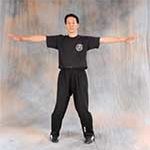
Purpose first 2/3 of Siu Lim Tao
The second section of the Siu Lim Tao form focuses on the use of Ging or the ability to transfer energy to attacks and defensive motions.
The practitioner should focus on the ability to execute soft and hard energies, or the ability to turn relaxation and tension on and off.
For all of the Seung or Double motions, the left and right sides are uniform.
Execute the following with Seung/Double or use of both hands.
Gum Sau Sequence:
Gum Sau (Left)
Gum Sau (Right)
Seung Gum Sau (Rear)
Seung Gum Sau (Frontal)
Lan Sau (Left over Right)
Seung Fak Sau
Lan Sau (Right over Left)
Seung Jum Sau
Seung Tok Sau
Seung Huen Sau
Seung Jut Sau
Long Bridge Section:
Seung Biu Sau
Seung Gum Sau
Seung Tai Sau
Seung Huen Sau
Seung Ji Si Sau
Seung Lop Sau
2nd Section - Principles and Concepts
The second section contains the follow Principles:
Economy
Centerline
Relaxation
Wedge
The second section emphasizes the following Concepts:
Yat Fook Yee
Fan (Contiuous)
Fun (Divide)
Power in Reserve (use of the extended arm)
Chow Ging
Jut Ging
Ma Fong
Circular Force
Linear Force
Maxim:
“When stepping or turning is not possible, derive power through sinking or rising.”
“Lower the Elbow, Cut to Center”
Third Third of Siu Lim Tao
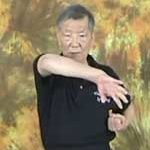
Purpose first 3/3 of Siu Lim Tao
The last third of the Siu Lim Tao Form focuses on training correct positioning of the basic arm and hand movements.
The practitioner should continue practice the Ging from section two, but should pay extra attention to positioning.
This section also introduces us to our first complex motions in the Tut Sau motion.
Pak Sau (Left)
Tan Sau
Cheung Sau
Tan Sau
Huen Sau
Lop Sau
Repeat on the Right Side
Tan Sau (Left )
Guan Sau
Tan Sau
Huen Sau
Wang Wa Cheung
Tan Sau
Huen Sau
Lop Sau
Repeat on the Right Side
Bong Sau (Left)
Tan Sau
Tok Sau
Tan Sau
Huen Sau
Lop Sau
Repeat on the Right Side
Closing
Tut Sau (3x) – Left First
Lin Wan Kuen (3x) – Left First
Clearing Sequence
Sau Sik
3rd Section - Principles and Concepts
The third section contains the follow Principles:
Economy
Centerline
Relaxation
Wedge
The third section emphasizes the following Concepts:
Recovery
Yat Fook Yee
Ma Fong
Simultaneous Attack and Defense
Two Way Energy
Maxim:
“The Hand that Defends also Attacks.”
“Circle and Straight Go Together”
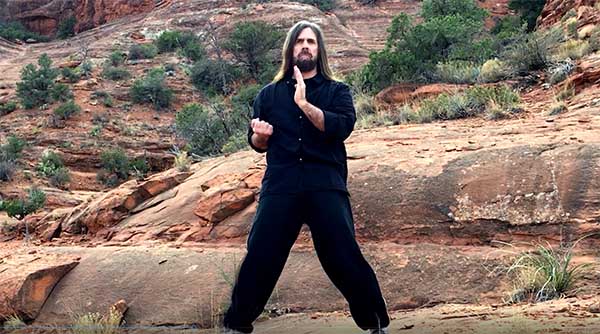
Wing Chun General Sayings pertaining to Siu Lim Tao
Siu Lim Tau comes first; Do not force progress in training.
A weak body must start with strength improvement.
Do not keep any bad habit.
Yee Jee Kim Yeung Ma – Train the chi by controlling the Dan Tien.
To maintain good balance of strength, grip the ground with the toes.
To release chi from the Tan Tien will enable proper release of power.
Sink the elbow and drop the shoulders; Guarding the centerline to protect both flanks.
There are one hundred and eight moves, all practical and real; Thousands of variations can be used, aiming for practical use and not beauty.
Internally develop the chi; externally train the tendons, bones and muscles.
Tan Sau, Bong Sau, Fook Sau, Wu Sau, and Huen Sau; their wonder grows with practice.
Each movement must be clear and crisp. Timing must be observed.
Practice once a day, more will cause no harm.
